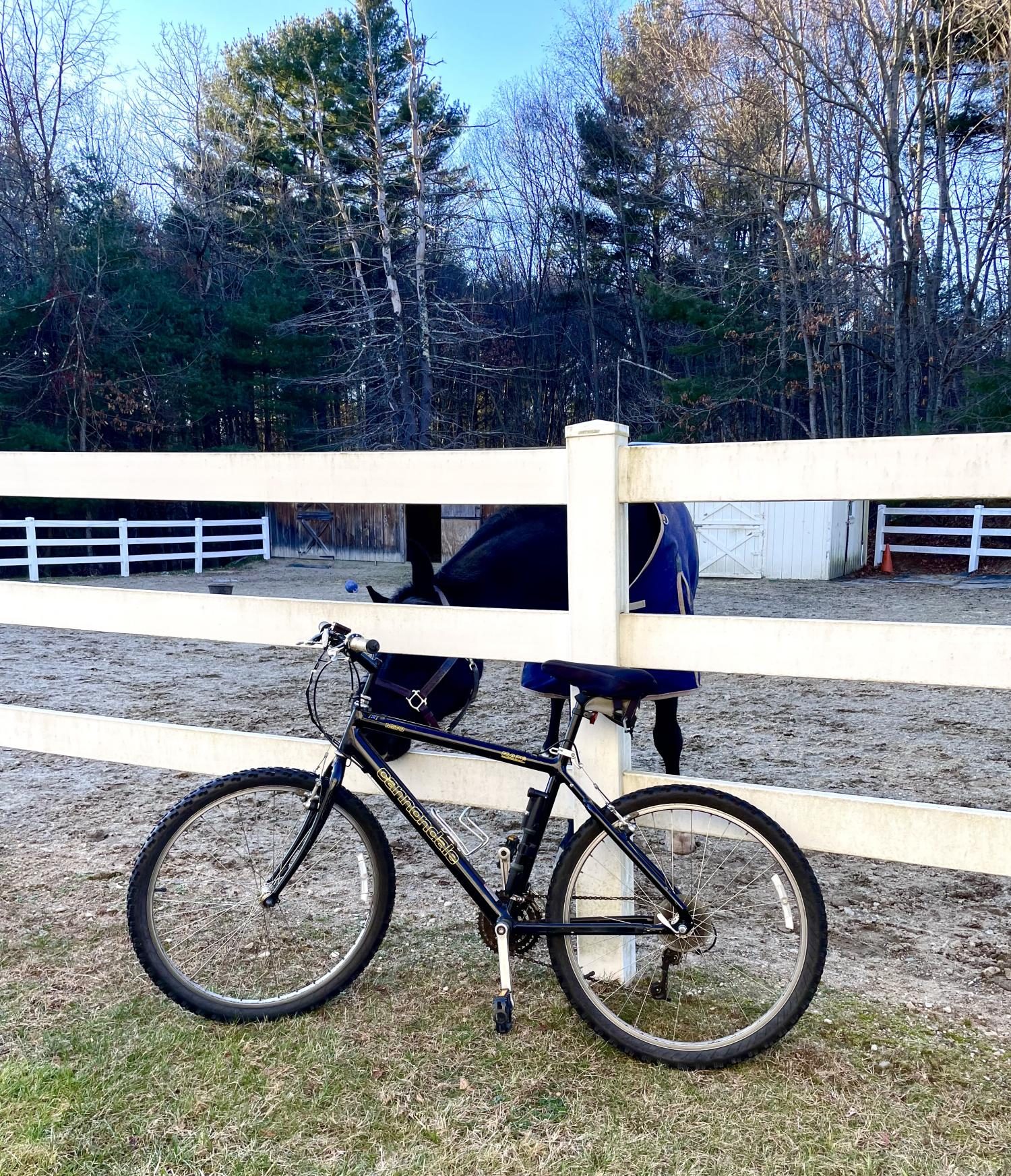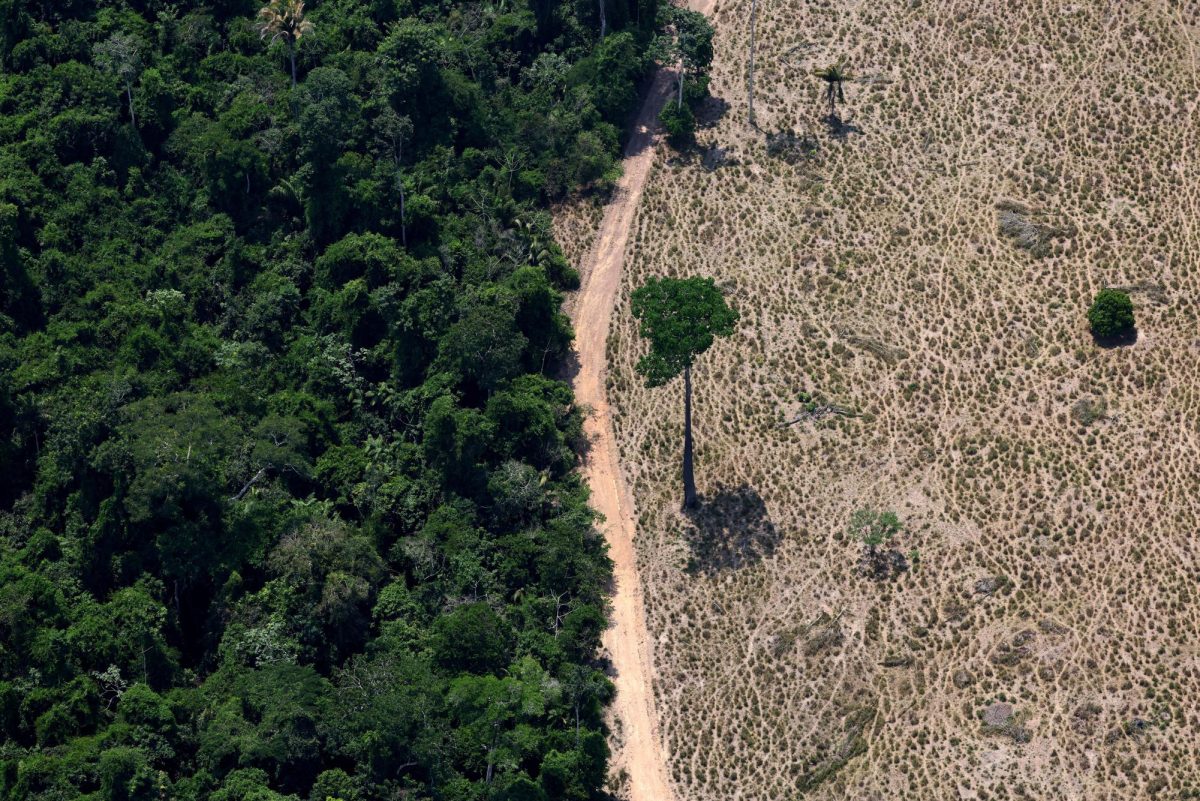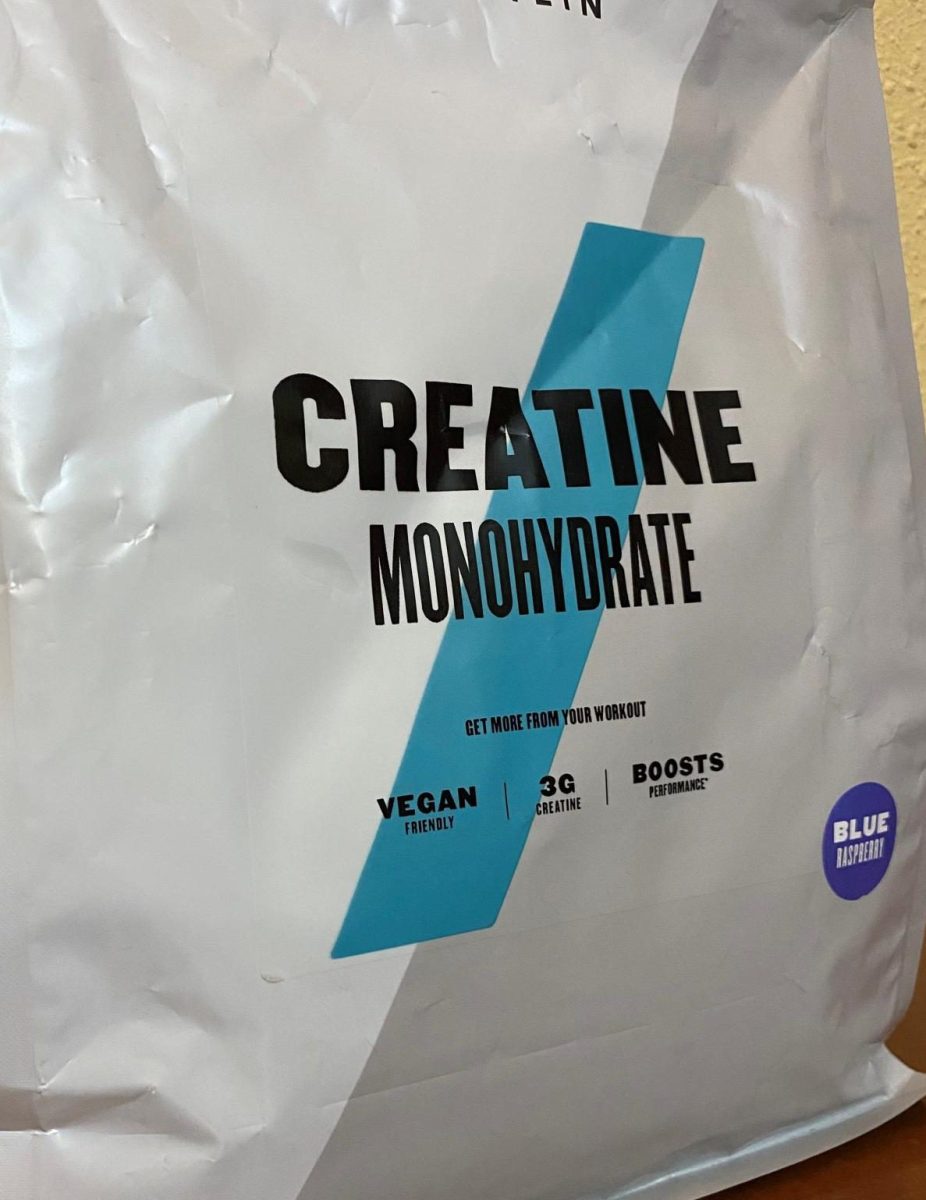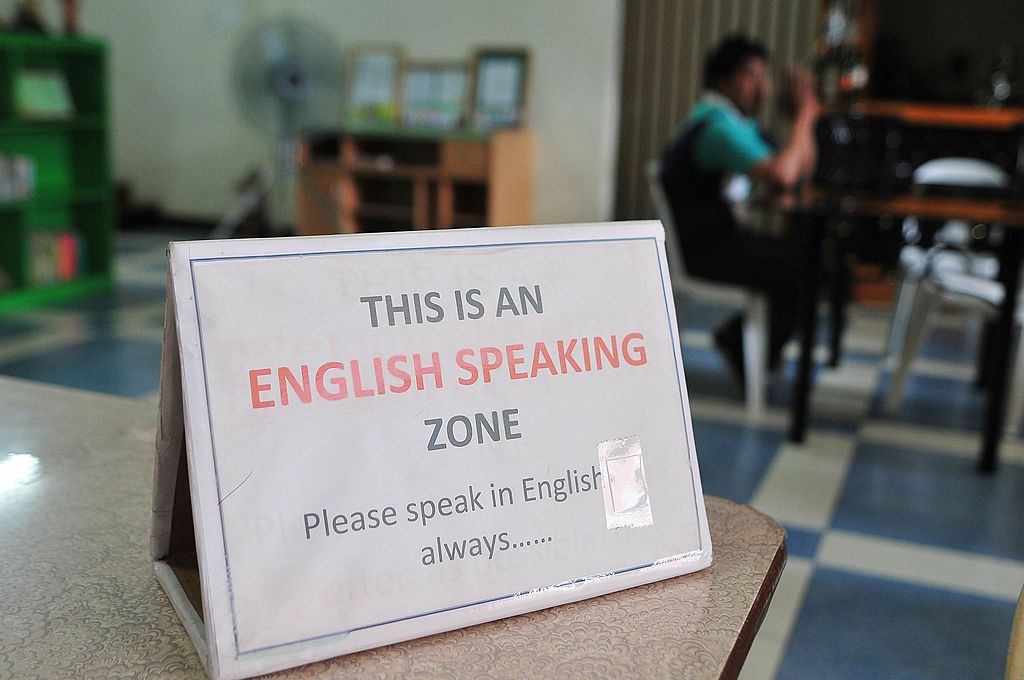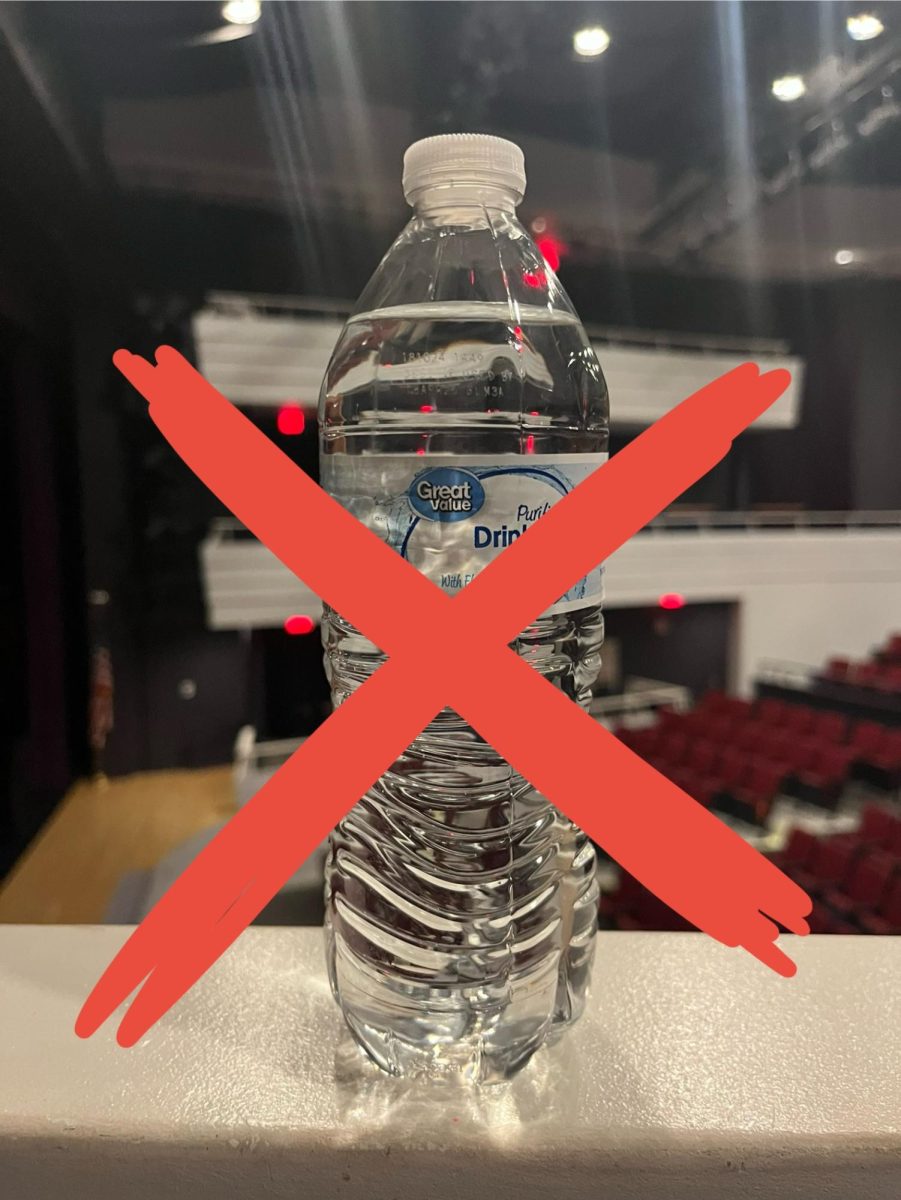The topic of the decade seems to be cutting our carbon footprint to slow global warming. But how do we succeed in this? Implementing cleaner transportation in our daily lives is one approach.
Not only does clean transportation result in less air pollution than fossil fuels, but it also typically costs less for fuel, creates jobs, and makes countries less dependent on foreign fuel sources and materials.

To start, choose fuel efficient vehicles. That doesn’t have to mean going fully electric, although it is more energy efficient and has a smaller carbon footprint than gas. If you are worried about being able to make it through long trips with an electric vehicle, consider the fact that more charging stations are built every year. If you buy a Tesla, your vehicle will alert you before it needs to charge and where the nearest charging station is, giving you plenty of time to make it to a charging location. Charging itself takes all of 15 minutes at a supercharger.
Committing to electric is not essential, though. Simply using cleaner burning gas vehicles are a great option; they have lower tailpipe emissions of air pollutants such as carbon monoxide and nitrogen oxide than other gas vehicles.
Hybrid vehicles like the popular Toyota Prius and Honda CR-V Hybrid serve as excellent compromises if you’re not ready to commit to fully electric but do not want sole gas either.

Be sure to get regular tune-ups for your car, maintain it well, do oil changes, and use the recommended oil for your car by the manufacturer. It’ll help your car last longer, save you money, and pollute less.
Idling also causes excessive carbon emissions. While idling, you are getting zero miles to the gallon. Try to do it as little as possible. Even on cold winter days, manufacturers say to avoid idling and to gently drive off after your car has run for 30 seconds. Modern engines actually reach their ideal temperature while driving faster than when idling, so not only will the engine warm up faster through driving, but your car’s interior will warm up more quickly too.
On a larger scale, reducing school bus idling will expose students to diesel exhaust for a shorter amount of time. This is extremely important because kids’ respiratory systems are still developing and have a quicker breathing rate, making them more susceptible to air pollution than healthy adults. When people breathe in the small particles found in diesel exhaust, those particles can aggravate asthma, bronchitis, and even cause lung damage.

Simply driving less makes a huge impact too. Try planning ahead to make trips all at once. Do all grocery shopping in one run if you can, and carpooling with friends saves the group gas money, cuts down each person’s carbon footprint, and allows everyone to spend time together.
Bike or walk when and if you have the option. Not only does biking and walking serve as good exercise, but it also cuts down on traffic congestion and green house gas emissions. Spending more time outside also lowers anxiety and improves sleep.
Those who got in two to three hours in nature were about 20 percent more likely to report high overall satisfaction with their lives than those who spent no time outdoors at all.
If possible, take advantage of public transit. Obviously, this isn’t doable everywhere (particularly in Sutton), but if you live in a city and it makes sense for you, give taking a bus or train to work a shot.

To build on that, trains need to be more efficient and pollute less. Converting some to electric is a great option that a number of other countries have already started doing. Their electric trains are highly efficient and actually faster than trains powered with fossil fuels, making the daily work commute more convenient.
Electric trains are also very quiet compared to diesel, for both the passengers and those living nearby the railway.
How can you use cleaner transportation in your life and cut down your carbon footprint?

